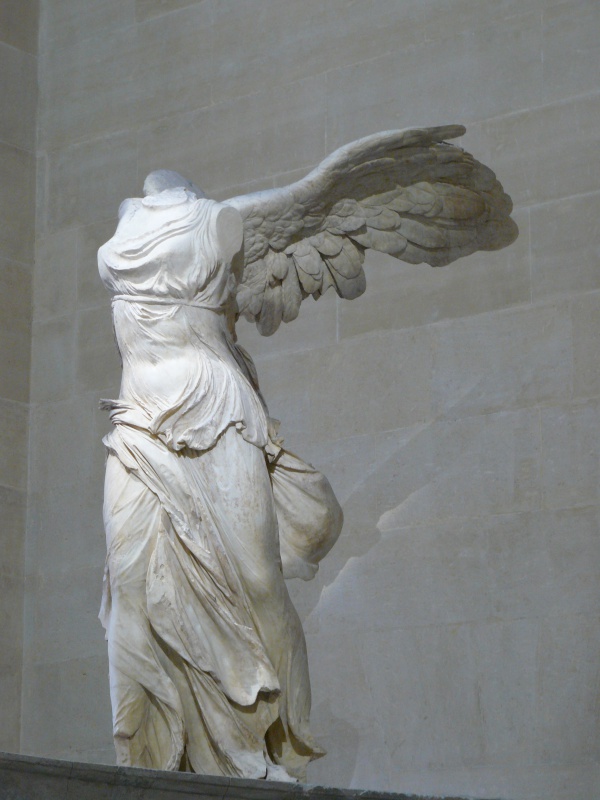Facts About Winged Victory of Samothrace
The Winged Victory of Samothrace, also known as the Nike of Samothrace, stands as one of the most iconic sculptures from ancient Greece. Carved around the 2nd century BCE, this magnificent marble statue of Nike, the goddess of victory, has been a centerpiece at the Louvre in Paris since 1884. It is widely celebrated as one of the greatest masterpieces in the world.
Towering at an impressive 244 centimeters, the statue is believed to commemorate a significant naval victory. It captures a dramatic moment with Nike appearing to descend and land on the prow of a ship, her garments seemingly rippling in the wind. This sense of motion and triumph is a hallmark of Hellenistic art.
Originally, the statue adorned a sanctuary on the island of Samothrace. Over time, it sustained damage, with only the right wing having been reconstructed in modern times. Despite this, its beauty and craftsmanship continue to inspire admiration.
In 2013, restoration efforts were undertaken to restore the statue's original marble hue, which had dulled over the centuries. These efforts have helped preserve its awe-inspiring presence.
The Winged Victory of Samothrace remains a masterpiece, influencing countless artists and sculptors through the ages. While there have been calls to return the statue to its original home on Samothrace, it currently stands as a beacon of victory, elegance, and artistic brilliance in the Louvre. Its legacy lives on through numerous replicas and references in art, architecture, and literature, continuing to captivate and inspire people around the world.

 Germany
Germany